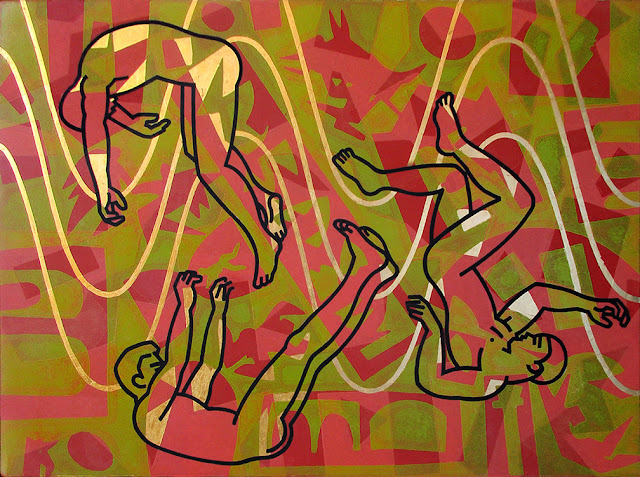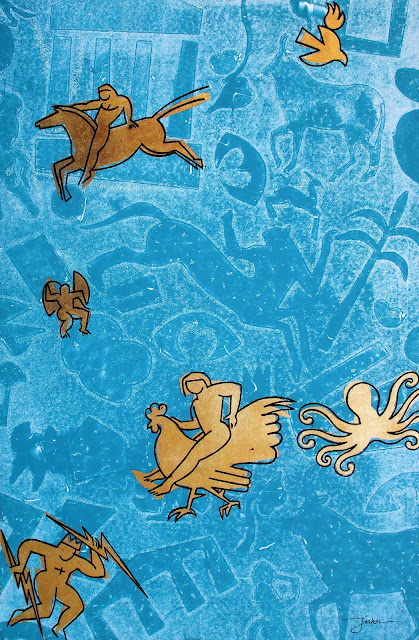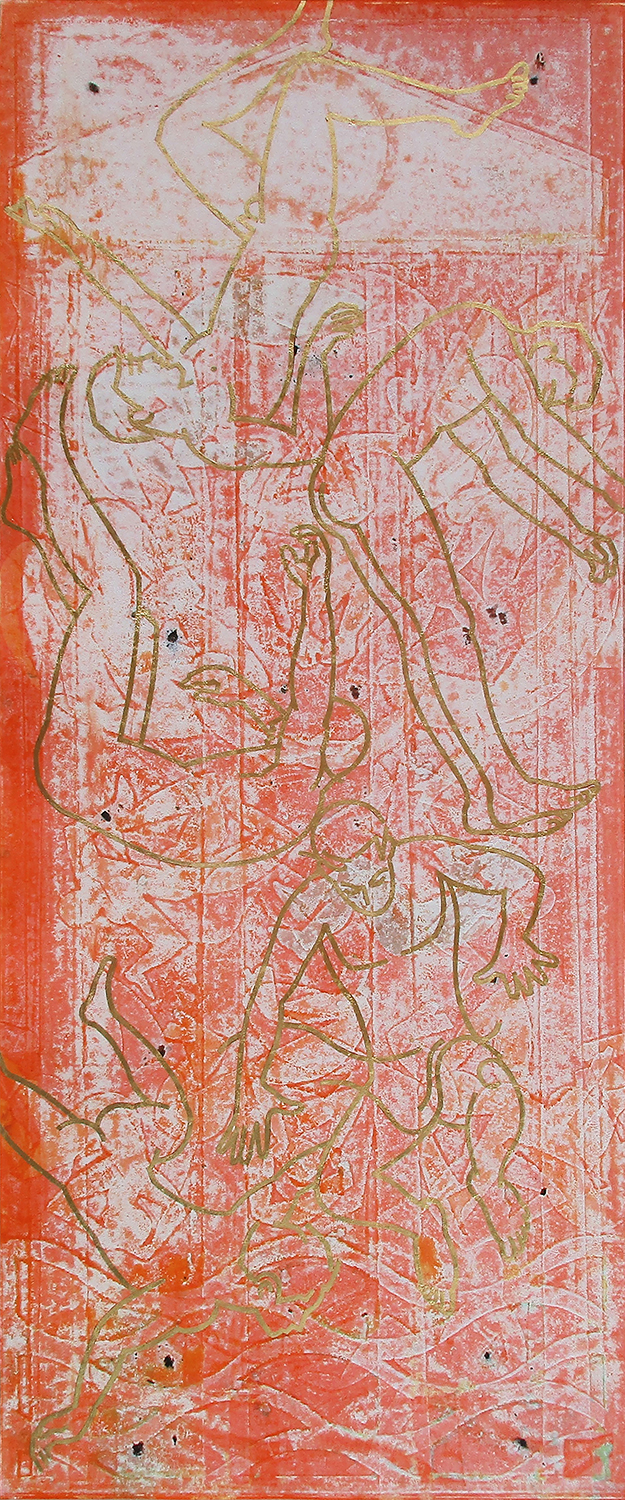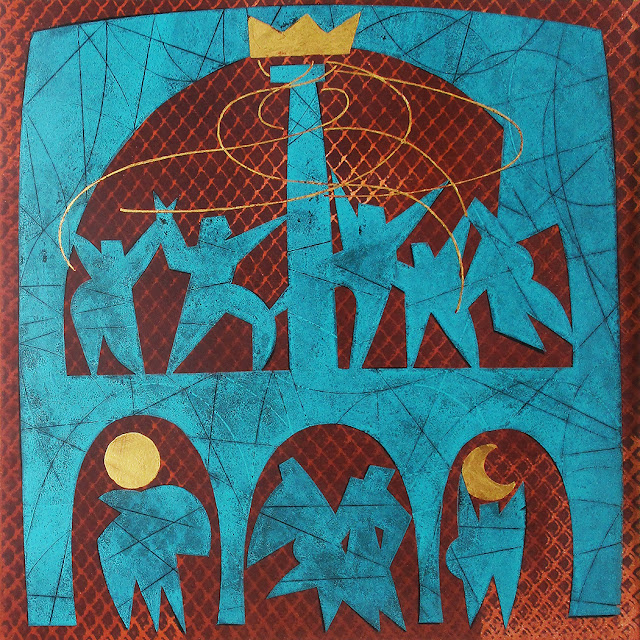The River of Forgetting

The River of Forgetting, Monotype print with 24k gold leaf by Brian Fisher (22 1/2 x 29 in. ) In early Greek myth, Lethe was one of five rivers that flowed through the subterranean kingdom of Hades. Souls who passed into Hades had need to forget the suffering they had endured, or perhaps, the torment they had inflicted. So, if a soul were ever to achieve peace and reincarnate, that soul would drink from Lethe, the River of Forgetting and be cleansed of memory. My original print, "The River of Forgetting" will be on display during the VIVA Holiday Art Studio Tour, the first two weekends in December 1-2 & 8-9, Saturday & Sunday from 10am-4pm. Maps are available at Vashon Island businesses and online at VIVArtists .





